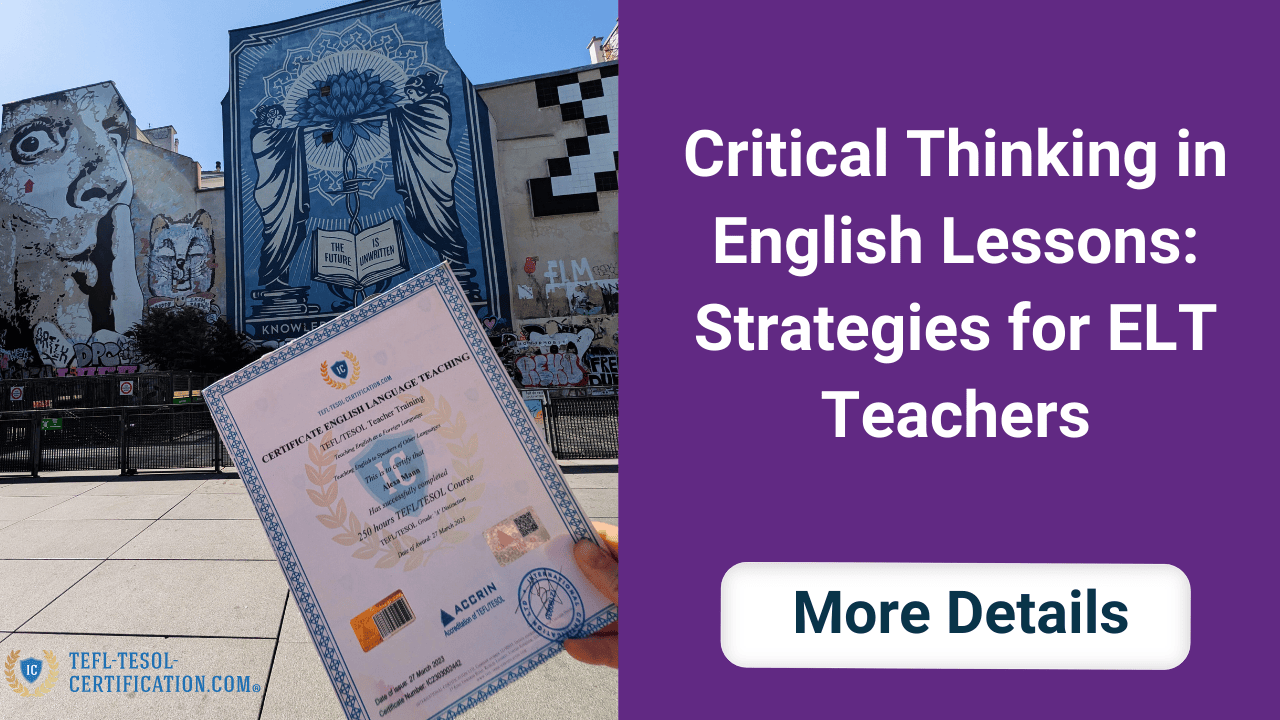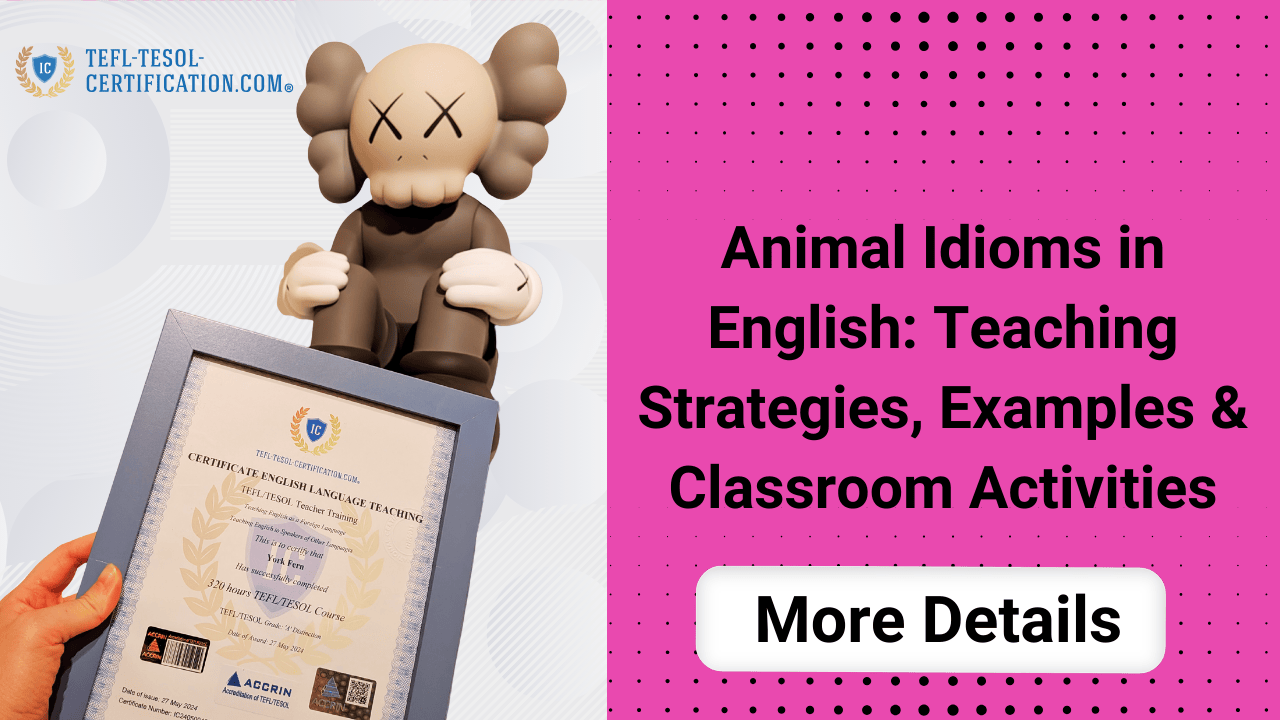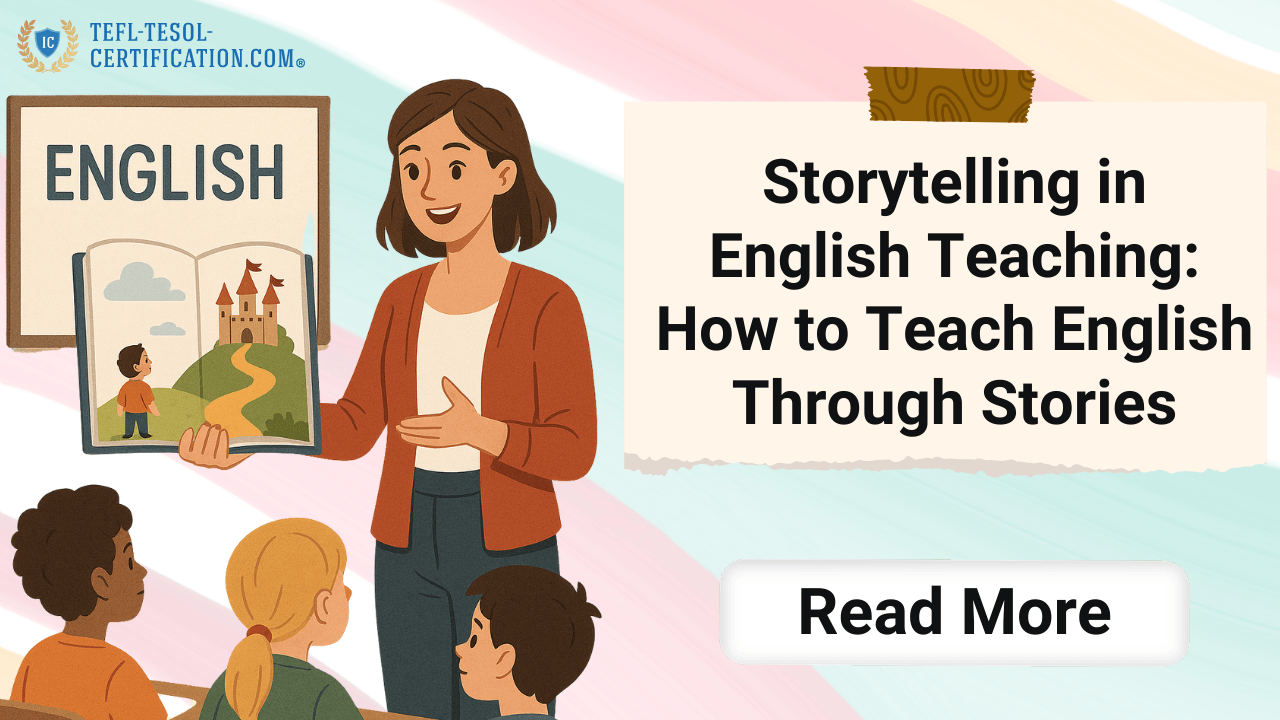Table of contents
Picture this: you ask your English class a question. Silence. Nobody raises a hand, nobody disagrees, and not a single student asks “Why?”. Familiar scene? I’ve been there myself. And over time, I realized the issue wasn’t only about language—it was about the ability to think. That’s when I first discovered the power of critical thinking in the language classroom.
These days, the phrase developing critical thinking in English lessons seems to pop up everywhere. Teachers chat about it over coffee, attend webinars on the topic, and exchange ideas in staff rooms. It’s no coincidence: critical thinking has become one of the most vital skills of the 21st century, alongside creativity, collaboration, and communication. And it’s not just for science or philosophy classes—it belongs in English Language Teaching (ELT) too. In fact, critical thinking skills in ELT can completely transform an English lesson from a routine drill into a meaningful experience of exploration and discovery.
When I first began teaching, I was focused on following the syllabus step by step. Textbook pages, exercises, checkmarks. But after a while, I noticed my students were simply performing tasks without asking themselves *why*. They learned the forms but weren’t thinking about the purpose. It felt mechanical, like filling in blanks on autopilot. That was my wake-up call. I asked myself: what if English lessons could train not just memory, but thought? What if I could help my students move beyond the “safe path” of copying answers and instead practice independent analysis? It didn’t happen overnight, but today I can’t imagine lessons without discussions, unexpected questions, and activities designed to make learners stop and reflect 😊.
Why is critical thinking so important in English lessons?
Let’s be honest: teaching vocabulary and grammar alone isn’t enough anymore. Of course, language knowledge matters, but the modern world requires more. Employers, universities, and even everyday life demand problem solvers, decision-makers, and independent thinkers. Students who only memorize phrases struggle once they face real-life complexity. Critical thinking is what helps them bridge the gap between “knowing the rule” and “applying it when it counts.”
That’s why critical thinking is part of the famous 4Cs of 21st-century skills: critical thinking, communication, collaboration, and creativity. Together, these skills prepare learners for challenges far beyond the classroom. Knowledge by itself has limited value if students can’t analyze it, question it, or adapt it. For example, you can drill Present Perfect endlessly, but if your learners don’t stop to ask, *When exactly should I use it? What meaning does it add?*—they will never achieve real mastery.
As English teachers, we’re in a unique position. Language lessons already combine speaking, listening, reading, and writing. That means every task is an opportunity to develop critical thinking. Discussing global issues, exploring multiple viewpoints, or analyzing real-world texts—these naturally build thinking skills alongside linguistic ones. English becomes more than a subject: it becomes a tool to explore life. And that’s when the magic happens—students stop learning about English and start using it to think, compare, reflect, and question.
And here’s the best part: once students begin to think critically, their motivation grows. They stop asking, “Will this be on the test?” and start asking, “What do I think about this?” They see English not as memorized patterns but as a way to express themselves in new contexts. 🚀
🚀 More students, 💰 higher income, 🌍 complete freedom! ✅ 112 verified platforms with top rates ⏳ Flexible schedule – work whenever and as much as you want 🎯 Simple requirements – start earning right away 💎 Boost your career and income by teaching students worldwide!
Strategies and activities to develop critical thinking in English
Now let’s get practical. How do we actually nurture critical thinking in ELT classrooms? Here are techniques that worked for me—and that you can adapt to any level or age group.
- Look deeper into details. Train students to notice nuances. Instead of just reading, ask them to underline keywords, identify adjectives, or find synonyms. Then push further: why did the author use this word and not another? How does this choice change the meaning? This builds close reading skills and analytical habits. It can even be assigned as homework to encourage independent observation.
- Ask open-ended questions. Avoid “yes/no” traps. Instead, give learners questions with no single correct answer. Even better—let them create their own questions. Pair work, group interviews, and peer-to-peer questioning all train critical thinking because they require improvisation, not just memorization.
- Bring in life and creativity. Connect lessons to students’ experiences. Ask them to share personal examples or compare classroom material with their lives. Add creative tasks: drawing an emoji that reflects the lesson, writing a short poem, or creating a mini mind map. Methods like cinquains (five-line poems) or clusters (mind maps) are perfect for reflection and creativity.
- Hold debates and discussions. Students thrive when given space to voice opinions. Debate topics could range from “Should we use social media in school?” to “Is travel more educational than books?” Encourage respectful disagreement with phrases like *I agree with you because…* or *I see your point, but…*. Debates teach both language and argumentation skills.
- Problem-solving tasks. Give scenarios with no obvious solution. “Plan a holiday on a budget,” “Decide how to survive without a smartphone,” or “Prepare for an exam with one week left.” These tasks train logical thinking, cooperation, and English fluency in one package. Students analyze conditions, propose options, and argue for their choices—exactly the skills they need in real life.
- Logic puzzles and brain teasers. Introduce short riddles in English. These are not only fun, but they also challenge students to search for unusual solutions while practicing language. Even a five-minute puzzle at the end of class can spark curiosity and teamwork.
And that’s just the beginning. You can also integrate classic techniques like INSERT reading (using symbols to mark text while reading critically), project-based learning, and role plays. The important thing is consistency: don’t expect instant results, but gradually build habits. Within weeks, you’ll see more engaged, thoughtful participation. Students will stop fearing mistakes and start seeing English as a tool for thinking.
And start earning money 💸 by teaching English in your own country, abroad, or online from anywhere on the planet! 🎁 Gifts and bonuses: professional support from your personal coach 🧑🏫 and job placement assistant 💼.
How to teach analysis in English?
Critical analysis doesn’t develop overnight—it requires practice. I often use text annotation strategies. For example, while reading, students can mark the margins: V for known facts, + for new, – for surprising, and ? for unclear. Later, we share and compare these notes. This simple step forces learners to pause and reflect instead of passively reading.
Another important element is teacher modeling. Students need to see how we think. Show them how you identify key points in a text, how you decide why a character acted a certain way, or how you connect ideas logically. Think out loud and demonstrate your reasoning. This encourages learners to adopt the same questioning mindset.
Even beginners can analyze. Comparing two pictures, grouping vocabulary, or choosing the “odd one out” are excellent starting points. You can allow discussion in the native language first, then guide students toward using English expressions. Bit by bit, they’ll gain the confidence to analyze more complex tasks in English.
💡 Unlock the secrets to doubling your teaching income with our exclusive checklist! 🎯 This checklist is designed for English teachers who want to 📈 attract more students and 🔥 keep them engaged for the long term.
Argumentation in English: teaching students to defend opinions
One of the hardest but most rewarding aspects of critical thinking is argumentation. Students must learn not only to give an opinion but also to justify it. I remember teaching a group of teenagers who were extremely talkative in their first language but shy in English. They could answer yes or no, but avoided full sentences. So, I introduced a class rule: every answer must include because. At first, it was awkward, but gradually, responses grew longer: “Yes, because it’s interesting,” “No, because it’s boring.” These baby steps turned into full arguments over time.
Later, I organized debates. I divided the class into groups—for and against. Each had to provide at least one argument. With useful phrases like *In my opinion*, *I see your point, but…*, and *Let’s look at it another way…*, the debates became lively. The students started enjoying the challenge, and their fluency grew along with their confidence. Creating a supportive environment where mistakes are normal is essential. Once learners feel safe, argumentation develops naturally and even becomes fun 🎯.
Conclusion: the teacher as a guide to critical thinking
Developing critical thinking in English lessons is more than a teaching method—it’s a philosophy. It means seeing your role not just as a language provider but as a guide who helps students think, analyze, and grow. Yes, it requires patience. Yes, lessons may sometimes take unexpected turns. But those turns are where the most meaningful learning happens. When students begin to ask questions, disagree politely, or surprise you with insights—that’s when you know critical thinking is alive in your classroom.
For me personally, adopting this approach has been transformative. Through professional growth and training—like TESOL/TEFL courses—I refreshed my teaching style and rediscovered my passion. Gaining an accredited TEFL certificate gave me opportunities to teach online and abroad, explore different cultures, and expand my horizons. Learn more on our official site about how such qualifications can open doors for you too.
Ultimately, critical thinking is about freedom. Freedom to question, to disagree, to seek your own solutions. By fostering it in English classes, we prepare students not only for exams but for life. And as teachers, we gain too: we learn from their perspectives, creativity, and courage. So let every English lesson be not only about grammar or vocabulary, but about building a classroom of independent thinkers. Your students deserve it, and you have the power to inspire it 🚀.

York Fern
An English instructor with 12+ years of experience. I work for an online school and travel the world, teaching students from various countries, leveraging my TEFL/TESOL certification. Seeing the world's oceans, mountains, and cities with my own eyes has given me a profound appreciation for the importance of quality education and international communication.
and start earning by teaching English in your country, abroad, or online from anywhere in the world! Order the course with a 50% discount 💸 and receive as a gift the support of a personal coach 👨🏫 and job placement assistant! 🎁🚀 Hurry, limited spots available! 🏃♂️💨
💡 Unlock the secrets to doubling your teaching income with our exclusive checklist! 🎯 This checklist is designed for English teachers who want to 📈 attract more students and 🔥 keep them engaged for the long term.
🚀 More students, 💰 higher income, 🌍 complete freedom! ✅ 112 verified platforms with top rates ⏳ Flexible schedule – work whenever and as much as you want 🎯 Simple requirements – start earning right away 💎 Boost your career and income by teaching students worldwide!
choose us?




